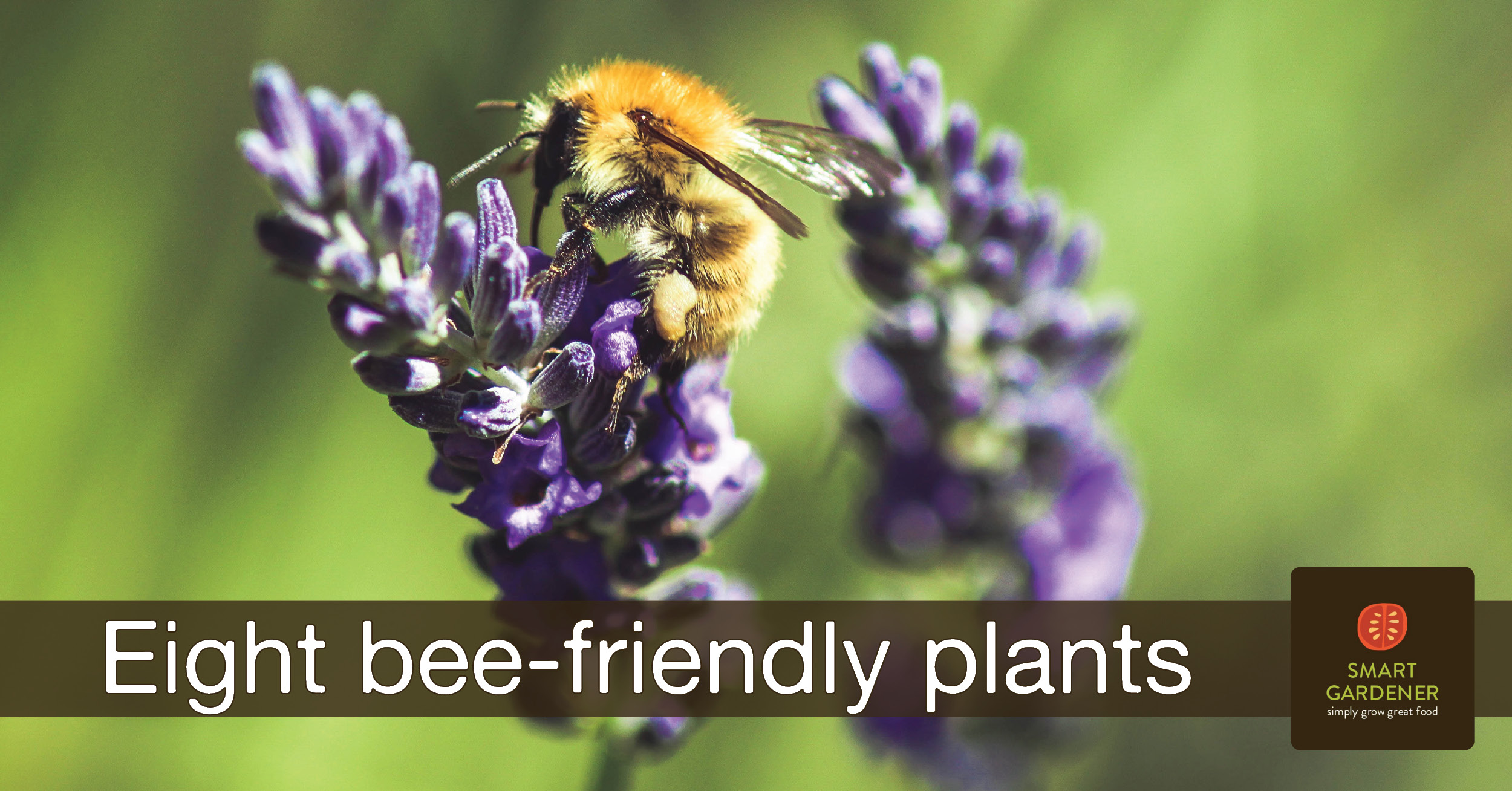 Did you know there are between 25,000 and 30,000 species of bees? May 20th has been designated as World Bee Day to celebrate the importance of bees and other pollinators and to bring attention to the threats they face from loss of habitat, pesticides, and a changing climate.
Did you know there are between 25,000 and 30,000 species of bees? May 20th has been designated as World Bee Day to celebrate the importance of bees and other pollinators and to bring attention to the threats they face from loss of habitat, pesticides, and a changing climate.
Bees and other pollinators are a critically important part of a thriving ecosystem. They are responsible for 75% of crop pollination, and many native plants require native bees for seed production.
For gardeners, attracting bees and other pollinators is the key to a successful harvest, and the sign of a healthy garden. The best way to do that is to provide them the things they need to live: shelter and food.
The good news is that it’s easy to include plants in your garden that will bring all the bees to your yard. Below are eight of our favorites, but almost any flowering plant will attract bees. Just make sure they’re pesticide-free.
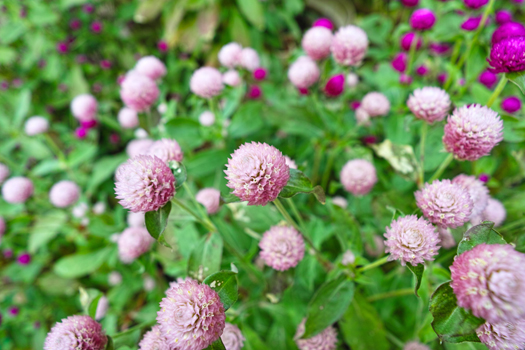 Amaranth
Amaranth
Amaranth plants have strikingly beautiful flowers that attract bees and butterflies when they’re in flower, and birds when the seeds mature. Amaranth has a long history of use by peoples throughout the Americas. It was the primary food for the Aztecs, and varieties like Mercado and Hopi Red Dye were known through out Mexico and the American Southwest. Globe varieties like Mardi Gras Parade will add a pop of color, and make lovely dried flowers for year-round enjoyment.
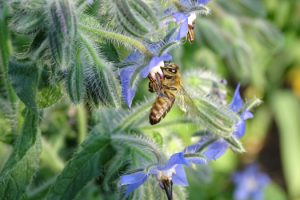 Borage
Borage
Borage is a wonderful addition to any garden with is lovely star-shaped flowers. Also known as starflower and bee bush, it has been used by gardeners to attract bees to their vegetable gardens throughout history. Like the other plants on this list, it’s edible as well as beautiful. The flowers have a unique cucumber flavor, and the leaves can be added to salads when young or sautéed and eaten like other greens when mature.
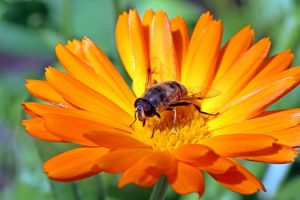 Calendula
Calendula
Calendula, also known as Pot Marigold, has been used for centuries in soothing lotions and salves. The edible petals make colorful salad garnishes, and attract all manner of pollinators (especially butterflies) to the garden. Varieties like Resina and Flashback have a large daisy-like center filled with pollen to feed hungry bees. The petals are edible and can be used fresh in salads or dried and used as a replacement for saffron.
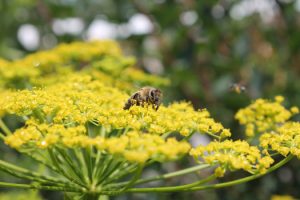 Fennel
Fennel
Fennel is a highly aromatic and flavorful herb with a taste similar to licorice, and was considered one of the nine sacred curative herbs of medieval times. Leaf Fennel is grown for its seeds, flowers and leaves, and produces several large, lacy flower umbrels that attracts bees, butterflies, and other pollinators, and makes a stunning addition to any garden with its tall feathery greenery that is also home to many beneficial insects.
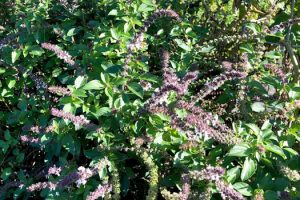 Hyssop
Hyssop
Anise Hyssop is another herb with both medicinal and decorative uses. The leaves make a wonderful herb tea with a naturally sweet, wonderful anise taste. Bees love its attractive purple flowers which grow in profusion all season long. In fact, beekeepers often grow hyssop for the honey their bees produce from it. Hyssop is drought-tolerant and will grow well in most soils, making it an excellent plant for dry climates.
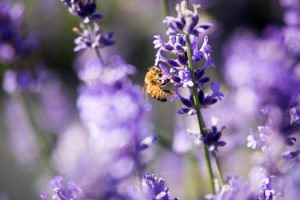 Lavender
Lavender
All summer long lavender bushes are practically abuzz with bees visiting the fragrant flowers. These attractive plants are a gorgeous addition to any garden, and have the added benefit of providing flowers that can be used in relaxing teas and potpourri mixes. The leaves are also useful. Similar in flavor to rosemary, lavender is often used in savory dishes. Spanish varieties are popular in warmer climates, while French varieties work well in cooler areas.
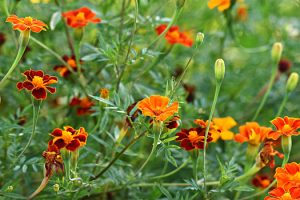 Marigold
Marigold
Marigolds are a surprisingly beneficial plant for gardeners. This landscaping favorite earned its place in the garden with its ability to repel some pests, but its also an excellent flower for attracting bees and other beneficial insects. And the cheery orange and yellow flowers are often dried and used as a substitute for saffron. Single-blossom varieties like Signet Starfire and Naughty Marietta are easier for bees to gather pollen from than those with double-blooms.
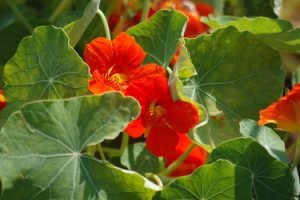 Nasturtium
Nasturtium
Nasturtiums are the quintessential cottage garden flower, but they also deserve a space in your vegetable garden. The flowers and leaves are both edible, and give a dash of peppery flavor to salads as well as a splash of color. They’re incredibly easy to grow and make a good companion crop. The plants are known to repel squash bugs, and the blooms will bring bees and other beneficial insects, as well as hummingbirds, from all over to sip their nectar.
Smart Gardener is the easiest way to plan, grow and harvest your own food. Our online vegetable garden planner is perfect for anyone who wants homegrown, healthy and tasty food to be part of their lifestyle.

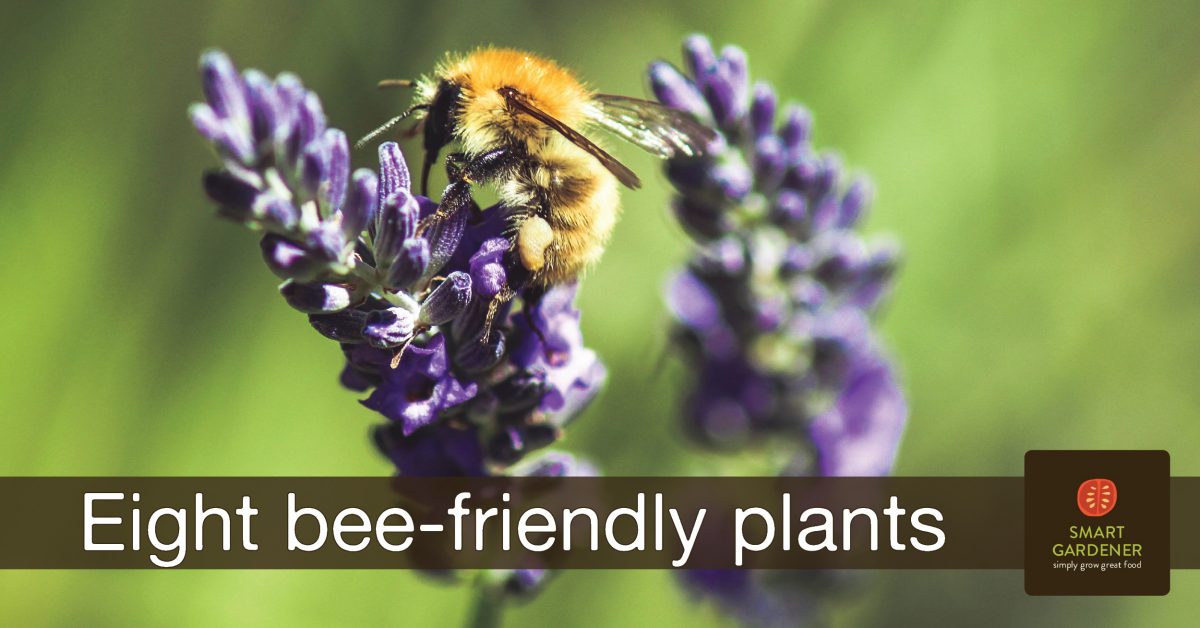
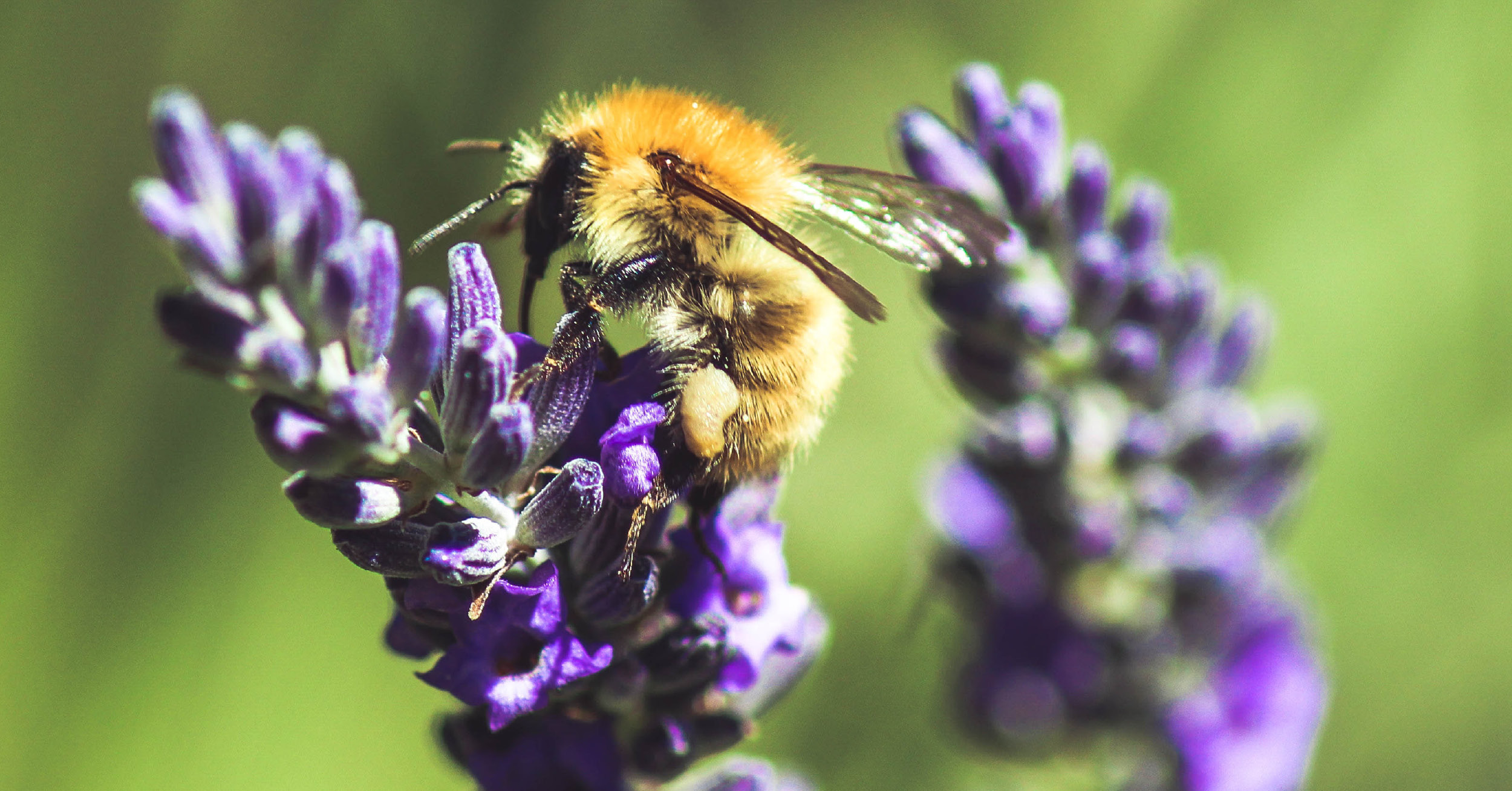
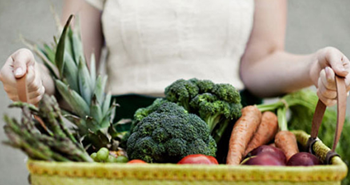
Leave a Reply